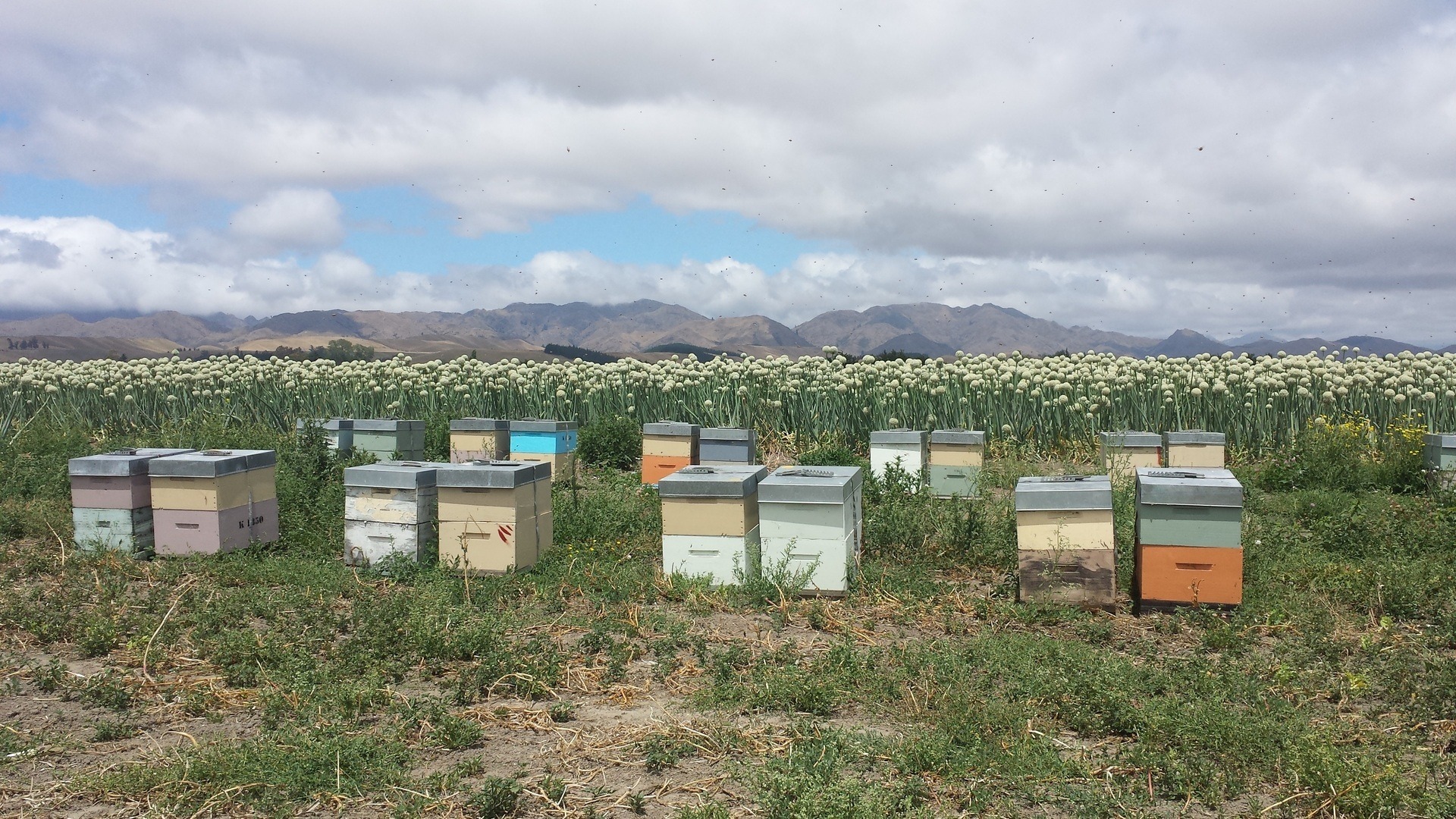
I often say that breeding mated queen bees through an open mating system is part art, part science. This is an over simplification and the term ‘art’ is probably more like judgement.
To breed queen honey bees effectively it is important to have a good understanding of honey worker bees and queen bee biology and habits. Ideally it is best to be an experienced beekeeper first and a breeder second.
The first thing to understand is your motivation for producing a queen bee. Are you a hobbiest looking to produce one or two queen bees for yourself or a commercial beekeeper trying to close your system? Are you trying to spend less money on queen bees from a breeder or doing it out of interest? Do you want to produce 1 or 1000 queen bees?
As with most things in beekeeping each beekeeper and breeder will have a different system that they follow and motivations that drive them.
Whatever your reason is for producing a queen bee there are 3 vital steps that will have large impacts on whether the end result, the queen bee, is of the quality that you are looking for.
- The Queen mother. Whether you are trying to breed 1 or 100 queen bees the quality of the queen mother/breeder is clearly a vital component. This queen bee needs to be one of the top ones in your operation. Ideally she will have been monitored across a full season to ensure that her traits and the hive that she is in are performing well. The article “How to tell a quality queen bee” on this website gives a broad outline of important traits to consider. If you are looking to produce queen bees consistently and/or in large numbers it is important to have a large base of hives to draw breeders from and buy in stock for diversity.
- Caring for the cell. Once you have grafted a cell it is vitally important to ensure that the cell is nurtured and protected by the bees in the hive that it is placed in. There are a number of different ways to bring on a cell to be capped. Whatever method you use the nutrition and care that the bees give to the cell is vital in creating an excellent cell and queen bee. Hives need to be strong with plenty of bees (particularly nurse bees), pollen sources, and food. We constantly feed our ‘finisher’ hives pollen substitute and small amounts of syrup. We adjust cell numbers into finishers depending on strength and withdraw hives from finisher roles if they are not performing. There is some published evidence that shows that the nutrition that the cell receives prior to capping is almost as important as the quality of the breeder used for the initial graft. Once the cell is capped it is important to be careful with the cell. Queen bee wings are the last part to develop and rough handling of the cell will increase the chance of damaging the wings. This will decrease your chance of creating a viable mated queen bee. Cells should be ‘candled’ or ‘tinkled’ prior to putting them into mating nucs to ensure that each cell placed in the field is viable.
- Good drones and plenty of them. The quality and number of drones out in the field is an often overlooked aspect of breeding. Drones can travel a large distance and as such it is almost impossible to ensure that the only drones in the area of your mating yards are your stock. This has become even more problematic over recent years as hive numbers in New Zealand have increased drastically.
Despite this there are some steps that you can take to increase your control of the drones that your virgin queen bee will mate with. Drone supply hives are vitally important to reliable mated queen bee quality. Running high performance hives with bees and drones that have qualities that you are looking to use is important. Full sheet drone frames can be used to force the drone supply queen bee to lay more drone. It should be noted that it is important to allow the hive to lay regular worker bee brood as well for hive stability. Drone frames once laid up can be removed and placed into strategically placed hives or the drone supply hive can be located in those strategic spots. The aim of controlling the drones and working to flood the mating areas is to increase the quality of matings and the quality of the progeny coming from the mated queen bees.
Many people, both hobbiest and commercial, breed queens to some extent. Doing so on a small scale or intermittently is relatively easy. Keeping genetic integrity, consistent quality and reliable percentages/timings across one or multiple seasons is more challenging. Many people choose to use commercial breeders for at least part of their breeding program to provide cover for their operation.

